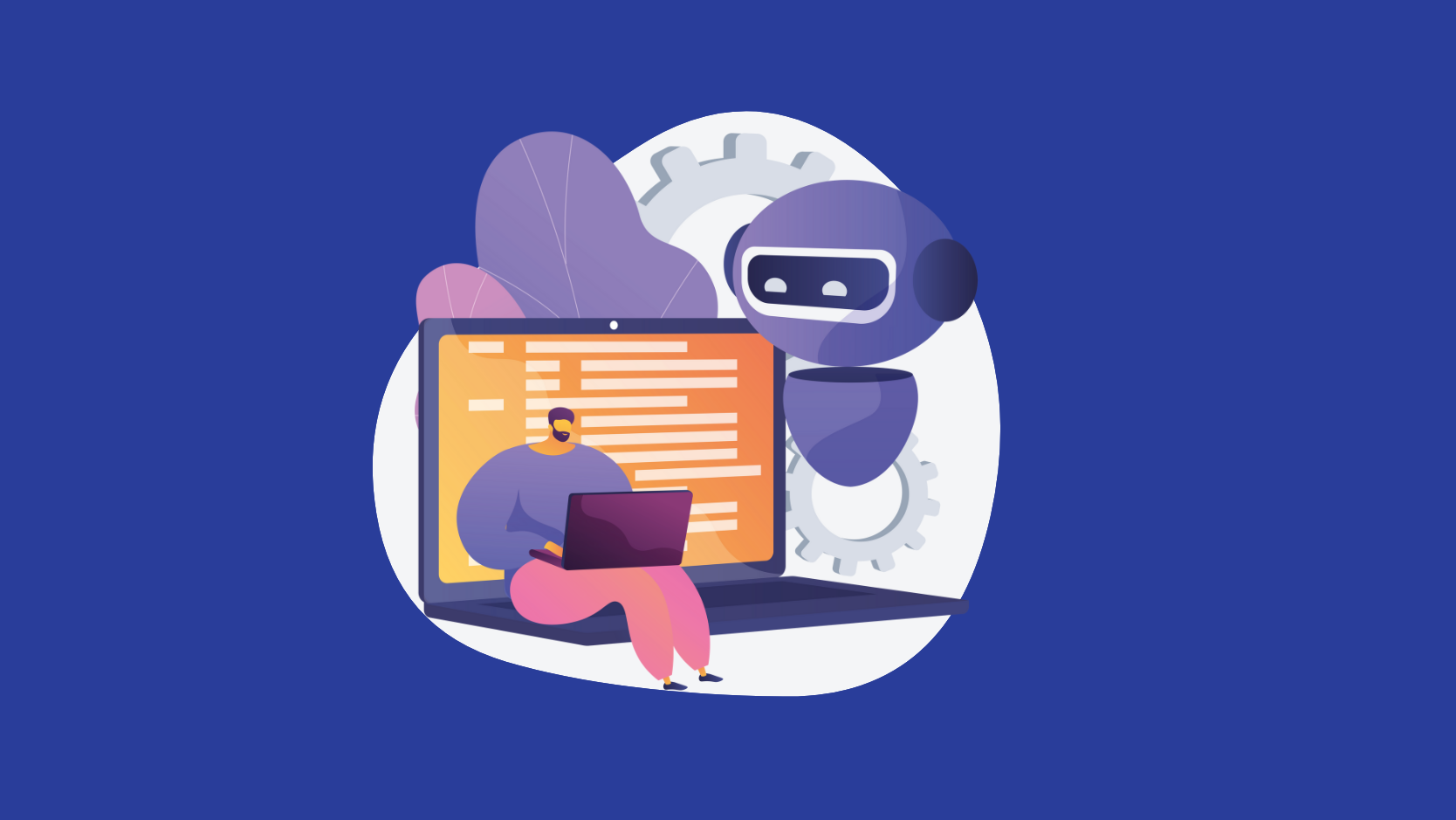
Automation testing has become an essential part of software development, and with the growing demand for software quality, it is crucial to stay up-to-date with the latest trends in automation testing. The software industry is expected to evolve even more now than in the last decade.
As per the MarketsAndMarkets report, the global automation testing market size is expected to reach USD 52.7 billion by 2027, at a CAGR of 16.4%. Lets familiarize with the latest test automation trends so that you can keep up with the pace of ever-changing testing landscape.
1.Hyperautomation
Hyperautomation is a combination of tools, including Artificial Intelligence (AI), Machine Learning (ML) and Robotic Process Automation (RPAs). By automating mundane processes that do not require human intelligence, Hyperautomation tools increase human output.
With AI and ML, testers can now write more efficient and accurate test cases, perform data analysis, and even identify new patterns in the testing process. On the other hand, Robotic Process Automation enables testers to automate repetitive and tedious tasks, freeing up time for more critical tasks. RPA will continue to be a trend in automation testing in 2023, especially in areas such as data entry and regression testing.
2.Shift-Left Testing
Shift-Left testing is a trend that involves testing as early as possible in the software development lifecycle. This approach allows testers to catch defects and bugs early in the development process, making it easier to fix them. Shift-left testing approach lets development and testing teams work together to achieve common goals. Shift-left testing methods are useful in detecting bugs at an early stage of product development, as discovering them later can jeopardize product development and release timelines.
Shift-Left testing will continue to be a significant trend in automation testing in 2023 as organizations across the world plan on leveraging the benefits of this approach.
3.Cloud-Based Testing
Cloud-based testing is the process of testing software applications using cloud-based services. This trend will continue to gain popularity in 2023 as it allows testers to access testing environments from anywhere in the world. Cloud-based testing also offers scalability and flexibility, making it an ideal solution for companies of all sizes.
4.Mobile Automation Testing
With the rise of mobile devices, organizations have become more focused on testing mobile apps hence, mobile testing has become essential in automation testing. In 2023, there will be an increased focus on mobile testing, especially in areas such as compatibility testing, usability testing, and performance testing. According to a Mordor Intelligence report, the mobile app testing market will generate a revenue of $8.23 billion by 2025.
Increasing number of mobile devices with varying resolutions and OS behavior, companies will surely seek testers with expertise in automated mobile app testing. Platforms like Appium, Selendroid, and Robotium will become more common in 2023. As a result, the demand for testers with expertise in these tools will also rise.
5.Agile and DevOps Testing
Thanks to Covid-19-powered remote work scenarios, Agile and DevOps are software development methodologies that have become increasingly popular in recent years. Agile focuses on iterative development and continuous delivery, while DevOps emphasizes collaboration and automation. This strategy increases transparency and flexibility while accelerating the rate at which several apps interact with each other; guaranteeing quicker deployment, a shorter time to market, and a higher ROI. When agile testing is supported by continuous integration, developers can integrate their code into a repository, making it easier to discover coding errors even during the software iteration process. As a result, major issues can be resolved during the early stages of development.
Bottom Line
In conclusion, automation testing is an essential part of software development, and staying up-to-date with the latest trends is crucial. Although automation aims to eliminate manual effort, it’s needless to say that a machine can’t operate alone and we still need manual intervention to configure the AI processes. Domains like user acceptance testing or UX testing require keen observation and instincts of a manual tester.
An organization will only succeed in delivering a quality product if they are using a proper strategy to utilize manual and automation wherever required. UWorx seamlessly performs automated and manual testing of web and mobile applications across various real browsers, devices, and OS combinations.
Happy Testing!

